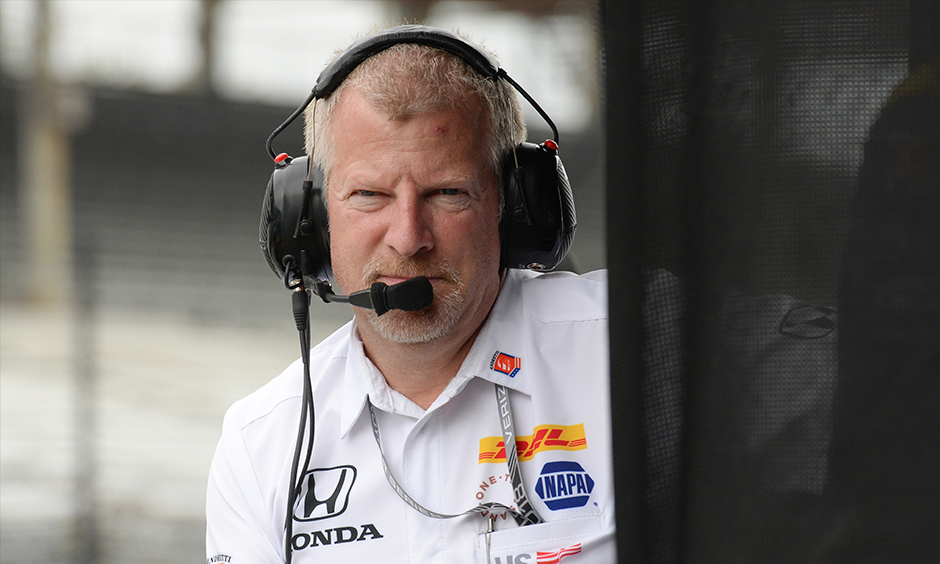Nurturing INDYCAR talent is Andretti Autosport trademark
JUN 19, 2019
One of the toughest things in any form of racing is properly developing talent. Arguably, no one has done it better in Indy Lights presented by Cooper Tires than Andretti Autosport.
The list of drivers who have been groomed through the organization’s program to the NTT IndyCar Series is extensive. The crop includes current rookie standouts Patricio O’Ward and Colton Herta, who finished 1-2, respectively, in the Indy Lights championship last season. Other notables who have come through the Andretti pipeline include Mathew Brabham, Carlos Munoz, Charlie Kimball, JR Hildebrand, Sage Karam and Zach Veach.
The team is continuing to develop promising racers of the future and enjoying a stout run in the opening seven races of their 2019 campaign.
Oliver Askew leads the brigade with three victories, including a last-gasp thriller in the Freedom 100 presented by Cooper Tires when he edged teammate Ryan Norman by 0.0067 of a second. Askew has six podium finishes and three poles to put him at the top of the championship standings, 11 points clear of Rinus VeeKay of Juncos Racing.
Fellow Indy Lights rookie and Andretti teammate Robert Megennis has also put in a respectable campaign with one win, three podiums and two poles while sitting third in the title race.
Rob Edwards, chief operating officer of Andretti Autosport, said a key to getting drivers to fully realize their talent involves a tight-rope balance of sorts. Edwards and the team’s leadership must allow drivers to push with their natural abilities, while also knowing when to reel them back in.
“I think you would always prefer to have a young driver that has the speed and you're trying to control how they apply that speed,” Edwards said.
“I would give a lot of credit to the four guys we've got engineering. I don't want to call them experienced or make them sound old, but we're fortunate our engineering group is very experienced in Indy Lights and in other forms of single-seater racing as well.
“Really, it's how our engineering team work as a group to set targets for the drivers, set goals and set a steady progression, and work with the drivers to extract the speed, but in a way that they're going to not overextend themselves and that they'll finish races and get the results.”
But when is a driver ready to move up to the NTT IndyCar Series? Simple, according to Edwards.
“Obviously, you look at the results,” Edwards said. “You could argue that Colton could have moved up at the end of 2017 but, given his age (17 at the time), I think everyone felt that another year in Lights was going to benefit his growth. He was quick all through '17 – had a lot of pole positions (seven) and led a lot of races. I think when a driver has the ability to move up, it is readily apparent.
“With both Colton and Pato, it was clear from pretty much partway through 2018 that they were both going to be ready for something else in 2019.”
They were, but not with Andretti Autosport. With no fulltime seats available within the team, Herta moved to Harding Steinbrenner Racing, while O’Ward’s path took him to Carlin. It’s the nature of the business.
“I think relationships endure, and hopefully at some point in the future, we'll be able to welcome both Colton and Pato back to the team,” Edwards said.
“I think it's a great motivator for the Lights drivers that we've got in this year and in years to come is to see that the process does work. Hopefully, the belief, if you will, is that an Indy Lights seat at Andretti can help complete that picture and lead to INDYCAR.”
All three levels of the Road to Indy, including Indy Lights, return to action this weekend at the REV Group Grand Prix presented by AMR at Road America. Races for each series are scheduled for Saturday and Sunday.



















